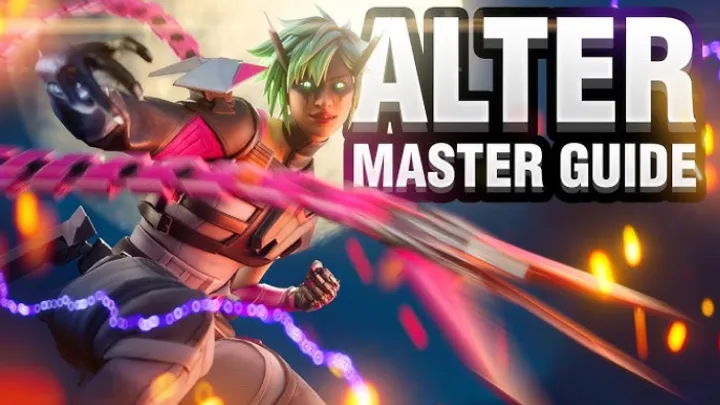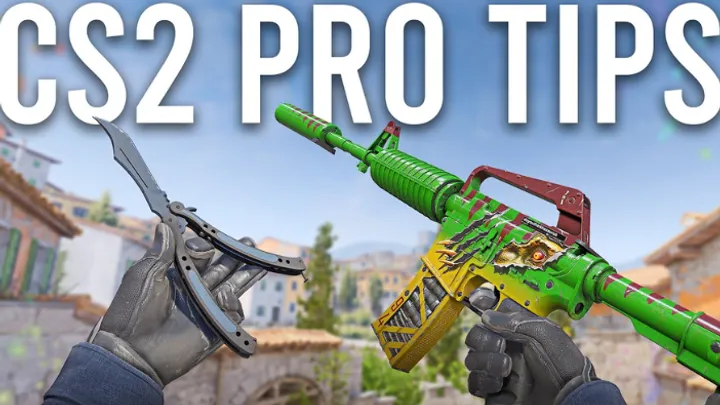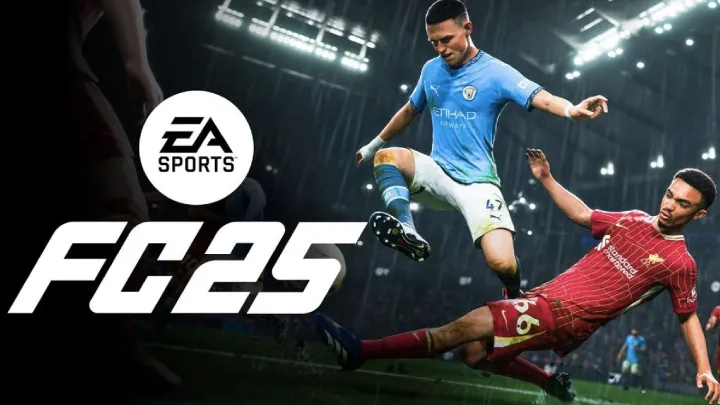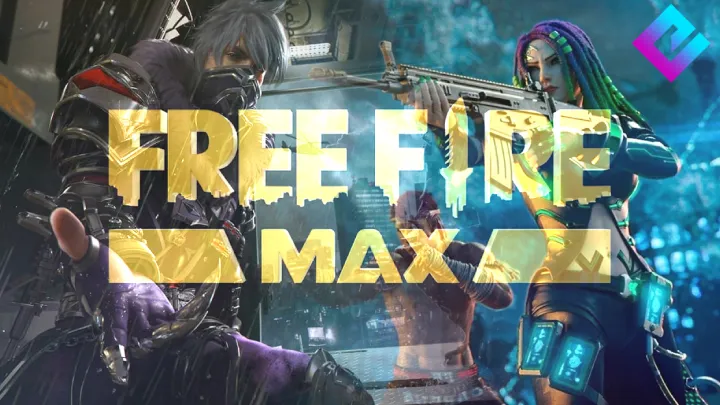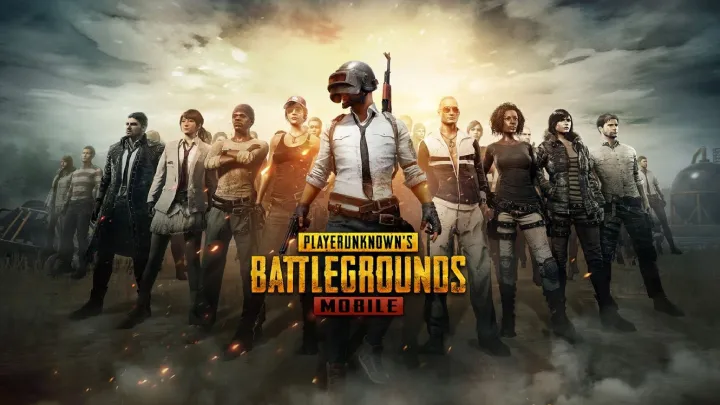Call of Duty is one of the most influential first-person shooter franchises in gaming history. Beyond its cinematic campaigns and adrenaline-filled gunfights, one mechanic has consistently defined its multiplayer identity: the Killstreak System. Introduced in Call of Duty 4: Modern Warfare (2007), killstreaks changed the rhythm of online battles forever, rewarding skilled players with powerful tools that could shift momentum in a match. Over the years, killstreaks have evolved dramatically—becoming more tactical, controversial, and deeply tied to player strategy. This article takes a detailed look at their history, design philosophy, gameplay impact, and the debates surrounding their balance.
The Birth of Killstreaks in Call of Duty 4: Modern Warfare
When Modern Warfare launched, the multiplayer scene was already filled with progression systems and class customizations, but killstreaks were new territory. The system rewarded players for chaining kills without dying, introducing three powerful streaks: UAV at 3 kills, Airstrike at 5, and Helicopter at 7.
This simple trio had profound consequences. Suddenly, the pace of matches wasn’t just about trading gunfire—players were now motivated to play carefully, survive longer, and aim for streak milestones. The UAV provided vital intel, the Airstrike punished clustered enemies, and the Helicopter created sustained pressure. These streaks introduced a “reward escalation” that made skilled players feel more dominant, while pushing less-experienced players to adapt defensively.
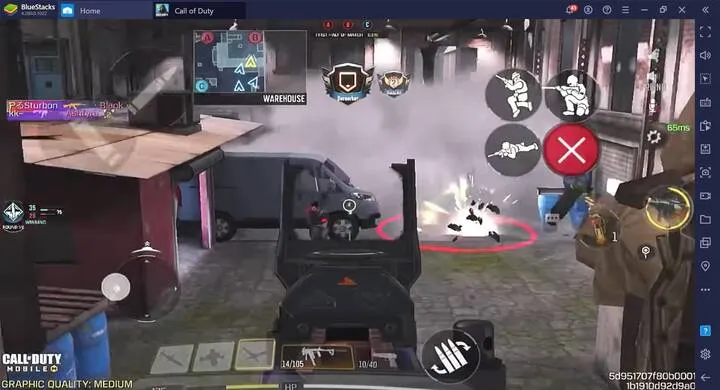
The Cultural Shock
Killstreaks quickly became a talking point in the community. For the first time, multiplayer shooters felt more cinematic, resembling war movies where one soldier’s performance could call in devastating reinforcements. This shifted the identity of Call of Duty from a grounded shooter into a more arcade-styled battlefield with escalating chaos.
Expansion in Modern Warfare 2: A New Era
Modern Warfare 2 expanded the system dramatically, offering a customizable streak loadout instead of the fixed three from the previous game. Players could choose from a wide variety, such as Predator Missiles, AC-130 gunships, and Tactical Nukes. This customization gave players new incentives to play aggressively and strategically.
The Tactical Nuke in particular was a game-changer. Requiring 25 kills without dying, it ended the match instantly—symbolizing the ultimate reward for mastery. This high-risk, high-reward mechanic elevated the prestige of top-tier players while creating intense pressure on opponents to prevent streaks.
The Double-Edged Sword
While exciting, this expansion also caused debates about balance. Matches often snowballed if one player gained momentum, leading to frustration among average players. Still, the sheer spectacle of streaks made MW2 legendary in the community.
Tactical Adjustments in Black Ops
Black Ops (2010) introduced Scorestreaks, a system that rewarded players for not just kills but also objective-based play like capturing flags or planting bombs. This was Treyarch’s way of addressing criticisms that the system overly rewarded raw gun skill while discouraging team play.
Key Shifts
- Players could now earn streaks through contributions beyond shooting.
- Scorestreaks encouraged balanced gameplay, rewarding support and objective-focused teammates.
- This evolution kept streaks exciting but lessened the runaway dominance of kill-heavy players.
The Blackbird (SR-71 UAV) and Attack Dogs became iconic streaks, offering devastating power but requiring consistent play. This installment highlighted how streaks could evolve to balance chaos and fairness.
Killstreaks and Competitive Balance
As Call of Duty grew into an esport, killstreaks became a contentious issue. In competitive settings, streaks were often banned or limited because of their potential to create unfair advantages. For instance, in professional tournaments, constant UAV sweeps or chopper gunners could ruin competitive balance.
Esports Adaptations
- Many pro leagues restricted streaks entirely.
- Competitive play emphasized raw gun skill and coordination.
- This created a divide between casual play (streak-heavy chaos) and competitive play (gunfights only).
This distinction highlighted the tension between “fun spectacle” and “fair balance,” a design challenge Call of Duty continues to wrestle with.
Psychological Impact on Players
Killstreaks are more than just mechanics—they tap into deep psychological motivators. The escalating rewards act like a dopamine loop, encouraging players to push harder for each milestone.
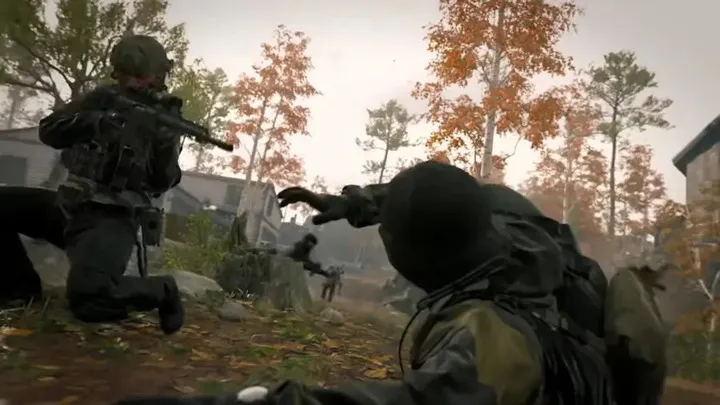
Reward Psychology
- Short-term gratification: UAVs gave instant satisfaction after just three kills.
- Escalation drive: The possibility of a Helicopter or Gunship pushed players to stay alive longer.
- Prestige pressure: Players often boasted about earning high streaks like the Nuke, fueling competition.
This loop is part of why Call of Duty became so addictive. Matches became not just about winning, but about personal streak milestones that felt like mini-achievements.
Community Backlash and Balance Controversies
Not all players loved streaks. Over time, criticisms mounted:
- “Snowballing” effect, where one good player dominated.
- Airborne streaks like Chopper Gunner felt uncounterable.
- New players often felt punished before they could improve.
Developers responded with counter-measures such as anti-streak perks (Cold-Blooded, Ghost) and accessible launchers to shoot down air support. Still, debates about fairness never fully disappeared.
Scorestreaks vs. Killstreaks: The Design Debate
The franchise experimented back and forth between kill-based and score-based systems.
Killstreaks
- Pros: Rewarded skill and aggression.
- Cons: Ignored team play and objectives.
Scorestreaks
- Pros: Encouraged teamwork, supported diverse playstyles.
- Cons: Slower to earn, sometimes felt unrewarding compared to kills.
This tug-of-war continues to this day, with each installment tweaking the formula to balance both casual fun and competitive fairness.
Memorable Killstreak Moments Across the Franchise
Some streaks have become part of gaming culture itself:
Iconic Streaks
- AC-130: A cinematic powerhouse that gave players full firepower.
- Nuke: The ultimate bragging right, ending matches in glory.
- Dogs: Terrifying and relentless, unforgettable in Black Ops.
- VTOL Jet: A modern evolution, combining power with tactical placement.
These streaks gave each title its own unique multiplayer flavor and ensured players always had something exciting to chase.
The Role of Killstreaks in Modern Call of Duty
In recent entries like Modern Warfare (2019) and Modern Warfare II (2022), streaks remain a core pillar but with more refined systems. Developers aim to make streaks powerful yet not overwhelming, with plenty of counters. Many streaks now feel balanced to enhance matches without ruining them.
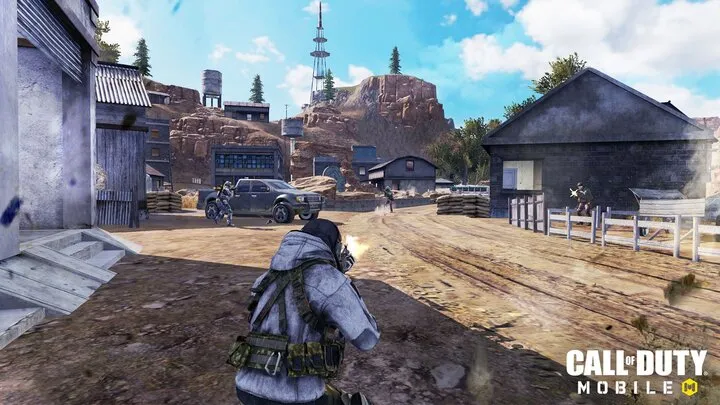
Cross-play and Warzone integration have also extended streak mechanics into battle royale, where they appear as purchasable killstreaks rather than earned chains. This adaptation demonstrates the flexibility of the concept beyond traditional multiplayer.
The Future of Killstreak Systems
Looking ahead, killstreaks will likely remain central to the Call of Duty experience but will evolve to meet modern expectations. We may see:
- AI-assisted streaks that adapt to player skill.
- Dynamic balance adjusting streak cost mid-match.
- Team-based streaks shared across squads for cooperative play.
The challenge for developers will be maintaining the thrill without alienating casual players or unbalancing competition. Striking this balance will define the next era of Call of Duty multiplayer.
Conclusion
The Killstreak System in Call of Duty has been one of the most influential mechanics in modern gaming. From its humble beginnings in Modern Warfare to its larger-than-life presence in later titles, killstreaks have shaped the way players approach multiplayer, changing not only gameplay but also gaming culture. Loved by some, hated by others, streaks are undeniably part of the franchise’s DNA. As the series continues to evolve, so too will the streak system—always chasing that delicate balance between chaos and competition.








